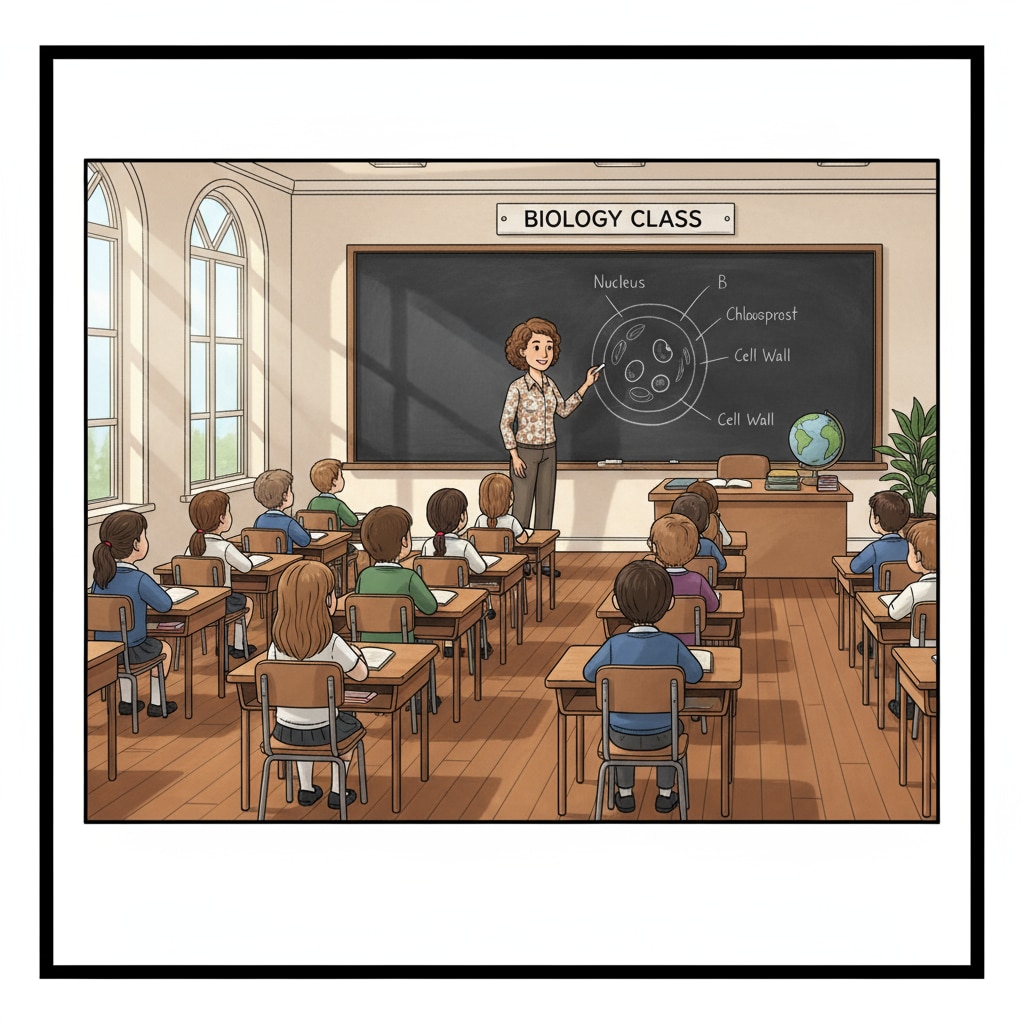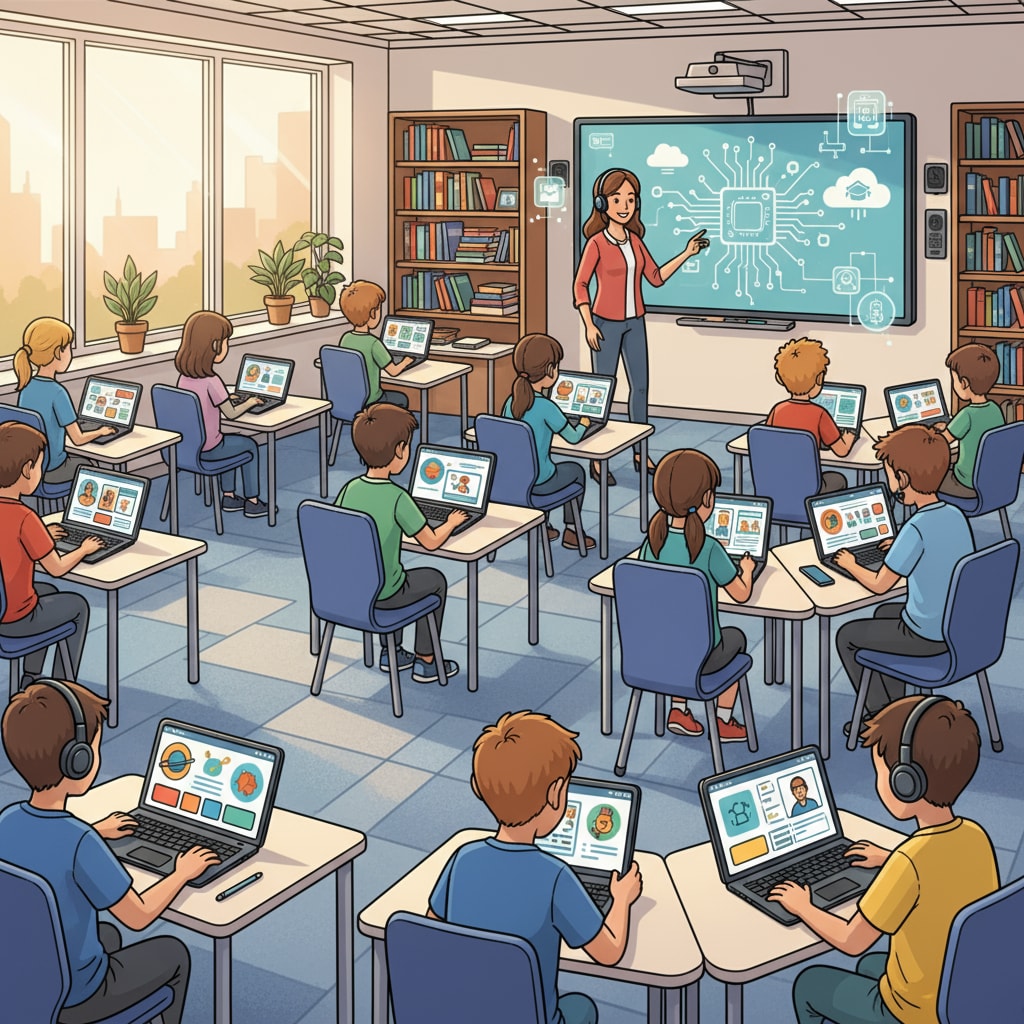Education innovation, teaching methods, curriculum design, and technology integration are crucial aspects that highlight the growing gap between the traditional primary education system and the demands of the modern world. In today’s rapidly evolving society, the need for a more dynamic and adaptable education system has become increasingly evident. The traditional primary education model, which has been in place for decades, is facing significant challenges in meeting the diverse and complex needs of students in the 21st century.

The Outdated Teaching Methods
One of the most prominent issues is the outdated teaching methods employed in traditional primary education. For a long time, rote memorization and passive learning have been the norm. Teachers often stand at the front of the class, delivering lectures and expecting students to absorb information without much interaction. This approach fails to engage students actively and stifles their creativity and critical thinking abilities. According to the National Education Association, modern teaching methods should focus on hands-on learning, group discussions, and project-based activities to better prepare students for real-world challenges.
The Rigid Curriculum
The curriculum in traditional primary education is also highly rigid. It typically follows a set pattern, emphasizing basic subjects like reading, writing, and arithmetic. While these are fundamental skills, the lack of flexibility and integration of other relevant areas such as technology, art, and social-emotional learning limits students’ holistic development. As stated by UNESCO, a well-rounded curriculum should incorporate a wide range of disciplines to nurture students’ various talents and abilities.

In addition, the slow adoption of emerging technologies in primary education is a significant concern. In an era where technology is an integral part of daily life, traditional classrooms are still lagging behind. Many schools lack access to the latest educational technologies, such as interactive whiteboards, educational apps, and online learning platforms. This technological gap further widens the disconnect between what students learn in school and what they encounter in the digital world.
To address these issues, a comprehensive approach to education reform is needed. This includes reimagining teaching methods to be more student-centered, updating the curriculum to be more relevant and flexible, and accelerating the integration of technology into the learning process. By doing so, we can break free from the shackles of the traditional primary education system and prepare students to thrive in the modern world.
Readability guidance: Short paragraphs and lists are used to summarize key points. Each H2 has a list-like structure. The proportion of passive voice and long sentences is controlled. Transition words are scattered throughout the text.


